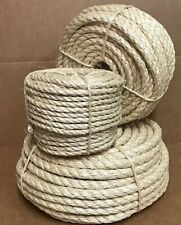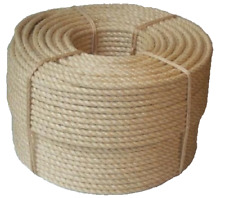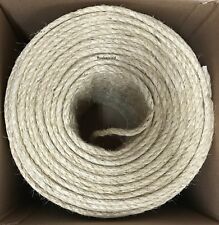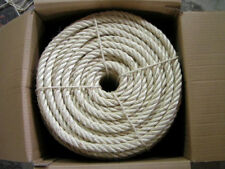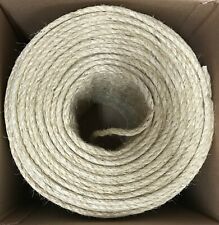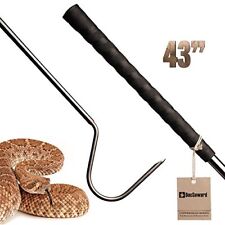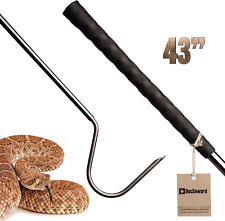Teach Your Dog to Catch a Frisbee

Wehrli argues that fetching a tennis ball is somehow different, and certainly not as interesting, as returning with a plastic disc. In part, it’s because snatching a flying Frisbee is more fun for the dog and more challenging for the person to throw. Also, he maintains cornering the Frisbee and making sure it returns safely "home" is a particularly good exercise for herding dogs. "Living in the city, most herding dogs don’t have the chance to herd," Wehrli says, "This is the next best thing."
Moreover, high-energy dogs and workaholic breeds, such as Border Collies, Australian Shepherds and Australian Cattle Dogs, can wreak havoc on their surroundings when they find themselves languishing indoors all day, every day, when their people are at work. "They kind of go a little crazy and make up their own jobs," says Wehrli, who repairs furniture for a living. He says that whenever a person comes into his shop with a chewed table or chair leg he asks, "So, how’s your Border Collie?" The answer invariably is, "How did you know I have a Border Collie?"
Wehrli says playing Frisbee just once at day for 15 minutes can, for some dogs, be enough of an outlet to stave off destructive behavior. Employment as a Frisbee chaser can save a dog from being relinquished to a shelter for trashing the house.
While a regular job is required for intense herding breeds, Wehrli points out that all dogs benefit from exercise. "When you participate in Frisbee, it’s not only fun, it enhances the bond you have with your dog," he says.
While it seems that herding breeds often naturally take to snaring the Frisbee and then fetching it, most dogs can learn. They even make soft discs and miniature discs (available at pet supply stores on online) for small breed dogs and puppies.
Wehrli’s competition dogs were all mixed breeds rescued from shelters. Nuggets, who won the Illinois state championship in 1980, was a terrier Heinz 57. And Delta, who won many prestigious tournaments, was a Setter-Golden Retriever mix. As a part of "rehabilitation" following rescue, all of Wehrli’s dogs are taught Frisbee games. But these days Wehrli, who lives in Naperville, Illinois, no longer competes in the sport. He’s an advisor for younger participants and is the sport’s goodwill ambassador.
He says begin teaching your pooch by turning the disc upside down, using it as your dog’s food dish. "Later, when you actually start to play, the dog sees his food dish flying through the air. Of course he’ll go after it."
First, teach the dog to return to you with the disc. Do this indoors first, where you have more control. Sit on the floor and roll the disc just a few feet down the hall. Encourage the pooch to follow the disc. Clap your hands and cheer she does and then ask her to come back by calling her name. Wehrli says most dogs come back, but the trick is to teach them to return with the disc. That may take lots of lessons, depending on the dog.
For those dogs that want to run in the opposite direction with the disc, mostly hoping you will chase them, don’t give in. Tie a light line to your pup and gently reel her in. Make it a game. "This is a fun sport, so the more fun you have in training, the better," Wehrli says.
Once your dog has got the game down indoors, take it to the park. Keep your pooch on a long, light line.
Wehrli says you can begin with a puppy of about any age. Just don’t get fancy with choreographed routines-and especially high jumps-until the dog has finished growing.
Even Wehrli concedes that all dogs are individuals, and some just don’t take to the sport. For example, Ashley Whippet, the first flying disc chasing dog, had a son named Winston that never caught a Frisbee in his life. "You’d figure it would be in his genes, but it just wasn’t," says Wehrli. "You have to remember, all dogs are pets first, and we need to love them for who are they are. And if they happen to be a Frisbee dog, you can have a great time."

